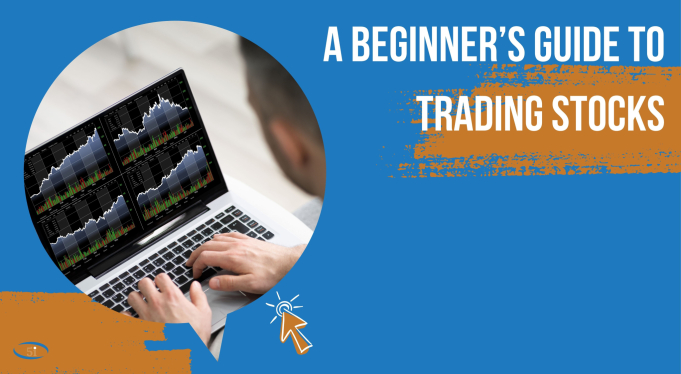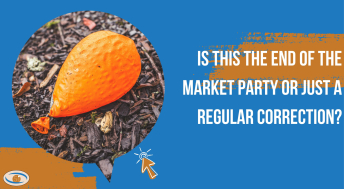One of the most fun parts of investing is actually getting to purchase shares yourself. Many retail investors go simply towards a market or limit order when they are trading but there are a variety of different order types available. The second key factor at play when trading are commissions and how these can impact returns.
Order Types
- Market Order- The most well-known and easiest type of trade to execute. Investors can buy or sell stock immediately at the next available price.
- Limit Order- Allows investors to pick their buy or sell price. The order is not filled immediately as it is typically set above/below the market price. If the limit order price never reaches the desired level, then it will not be filled.
- Stop-Loss Order- Similar to a limit order but with more of a risk management focus. If one purchased shares for $100 and they wanted to limit their downside to $90, they could place a stop-loss sell order. If the market price drops to $90, the stop-loss will automatically be executed as a market order. A stop-buy order is a tool used by short-sellers, so we will not discuss it.
- Stop-Limit Order- The one downside to a stop-loss order is that it turns into a market order, so if there is significant sell action on a stock, the order could be executed below the initial downside point of $90. A stop-limit order adds even more protection and requires two prices to be entered; a stop price and a limit sell price. In the previous scenario the stop price could be $92, and the limit-sell price could be $90 to fully protect against the desired loss.
- Cancelling Order- These include fill-or-kill (FOK), good-till-canceled (GTC), and day orders. These are all pretty similar and have a feature where the conditions are met and the order is filled, or it is cancelled. The difference is mainly the time frame - FOK’s are typically a very short time, maybe just a few seconds; GTC’s are active until the investor cancels it, but brokerages normally only keep these open for 90 days; Day orders are only kept open for the day.
There are even more order types, however, they are typically some sort of variation to the ones listed and brokerages may not even offer them. We think retail traders can benefit from understanding further beyond the typical market buy/sell order. The other orders listed also take some stress out of investing by not needing to worry about sharp downturns or whether an order will fill.
Unlock the Power of Informed Investing with 5i Research!
DIY investing doesn't have to mean going it alone. At 5i Research, we're your trusted partner in navigating the stock market. Our platform offers comprehensive stock and market research, empowering you to make smart investment decisions.
- Investor Q&A: Have burning questions? Get answers from our team of experts and fellow investors in our dedicated Q&A section.
- Research Reports: With over 60 meticulously researched Canadian stocks, our reports offer in-depth analysis, giving you the confidence to invest wisely.
- Model Portfolios, Alerts, Forums, Portfolio Tracking, and Much More...
Commissions
Another aspect related to trading stocks that we wanted to touch on was the impact that commissions have. A typical discount brokerage charges a commission of around $10 per trade. There are an increasing number of exceptions here with discount brokerages having cheaper rates and even offering low/no fee trading and free trading of ETFs. For simplicity reasons, we will use the $10 assumption to do a quick analysis to see how this impact returns:
- Let’s say an investor wants to buy a share in a stock trading at $100. The cost of this trade is $100 + $10 (fees) = $110
- If an investor makes say 10 trades a year and all are the same size previously mentioned, that will make for total annual transaction fees of $100 ($10x10).
- This is an important consideration that often gets overlooked because these costs should be factored into return calculations. If the investor here requires a 10% return, then they should bias this upwards by due to the additional fee charges.
- While we used a small figure in our trading value, it equated to 10% of trade size, so an investor would have to bias their total return up to 20%. The investor would need the stock that initially traded at $100 to reach $110 in order to cover costs and $120 to achieve desired return levels.
The point in this example is that investors should consider the impact of fees on their returns and the amount they are spending by simply clicking ‘buy’ or ‘sell’. While $10 a trade does not seem like a lot, on every trade this can add up quickly, and efficiency in trading should be considered. Frequently trading in and out of positions can be costly, irrespective of the P&L on investments. Effectively screening investments prior and employing a buy-and-hold strategy is one of the best ways to minimize trading costs.
Overall, we hope that this piece added some colour for new investors who are curious about trading stocks. There is plenty of depth to these topics, but understanding order types and fee structure is a good beginning point for those early on in their investing careers.
Take Care,






Comments
Login to post a comment.